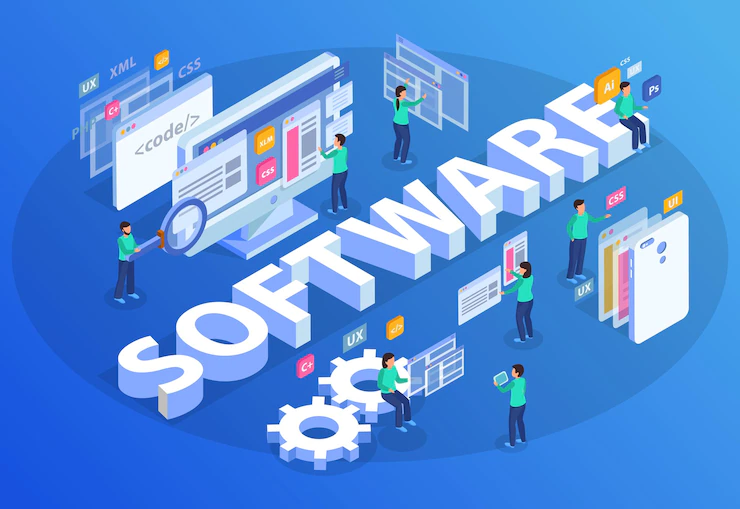How to Obtain Broad Patent Protection for Software Inventions
As many people are aware, obtaining broad software protection for software inventions has gotten harder over the past few years based on some federal court decisions. However, obtaining broad protection for software inventions is still possible if the fundamental requirements for patents are addressed upfront in a patent application and a few additional strategies are used. To begin with, it is important to remember that a patent for a software invention must teach a skilled person how to make and use the invention. Thus, the specification and drawings must be thorough enough to teach how to make and use the claimed invention.
1. Claim a system for implementing the software algorithm.
The claims are paragraphs that define the scope of the invention. For software inventions, you will have the highest probability for obtaining broad patent protection (and avoiding 35 U.S.C. 101 rejections indicating the software is merely an abstract idea) by claiming a system that implements the software algorithm. The claims should claim the novel functionality of the system that solves a desired problem. Further, each component of the claims must be shown in the drawings.
An example of a system claim for a software invention is shown below:

2. Include a detailed flowchart/pseudocode of the algorithm.
In almost every software patent application it is advantageous to include a detailed flowchart/pseudocode that has wording that mirrors the claim language and provides support for the claims. The flowchart should describe the novel aspects of the software algorithm and the components/modules that are implementing the steps of the algorithm. An exemplary portion of a flowchart/pseudocode is shown below:

3. Explain the advantages of the novel steps.
When describing the novel steps/functionality in the flowchart, explain why it is advantageous to use the novel steps or the benefit achieved with the novel steps. These advantages can be used when negotiating with the patent examiner for the allowability of the claimed invention.
4. Include a block diagram of the hardware used to implement the method.
A block diagram of the hardware components utilized to implement the software algorithm will provide support for the claimed system. An exemplary block diagram is shown below:

5. Include a definitions section in the specification that define technical terms.
A definitions section in the specification should broadly define the technical terms utilized in the specification. By doing so, a patent examiner will be constrained in their interpretation of the technical terms to what is desired by the inventor/applicant. An exemplary definitions section is shown below:

6. Include a description of a problem solved by the invention.
In the Background section of the patent application, it is helpful to include a description of the problem being solved by the claimed invention. This problem being solved can be used when negotiating with the patent examiner for the allowability of the claimed invention (i.e., the solution to the problem).
Back To Blog